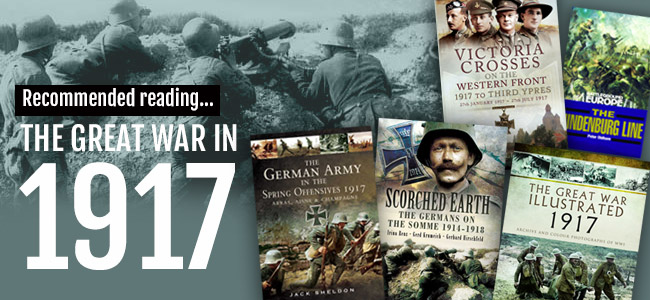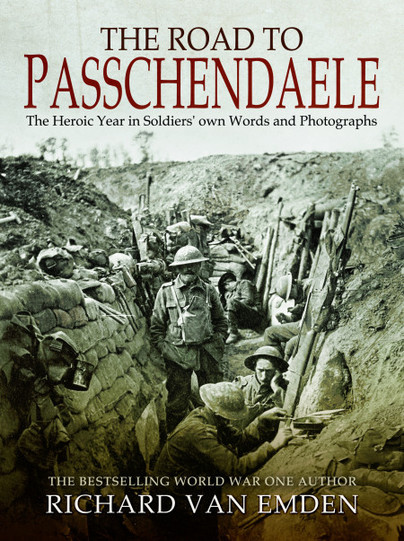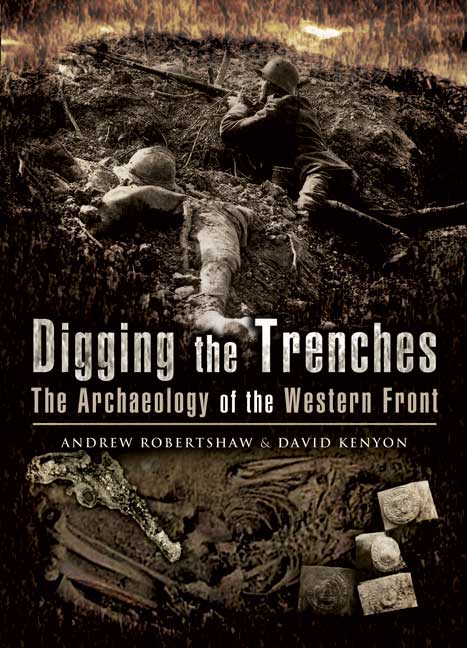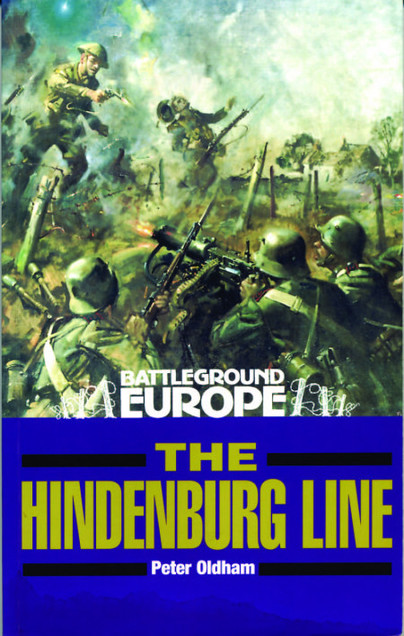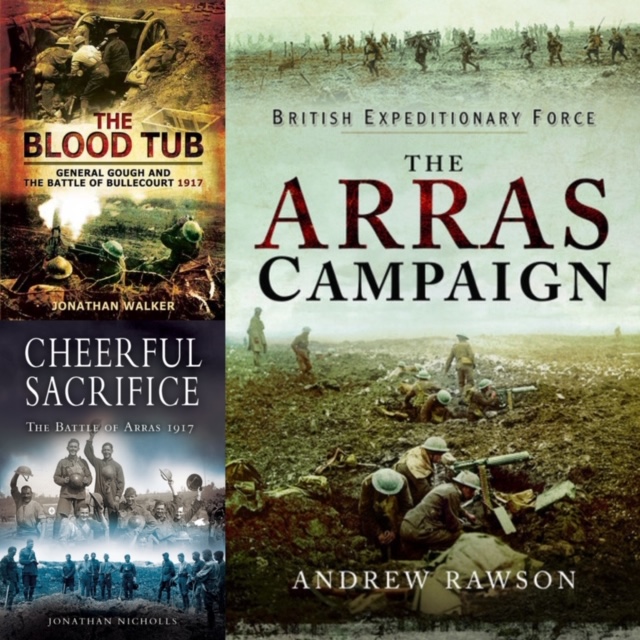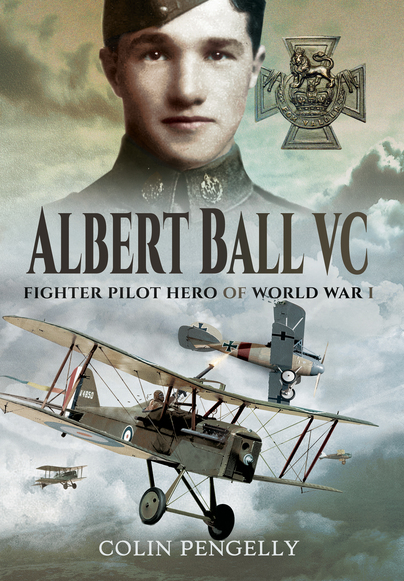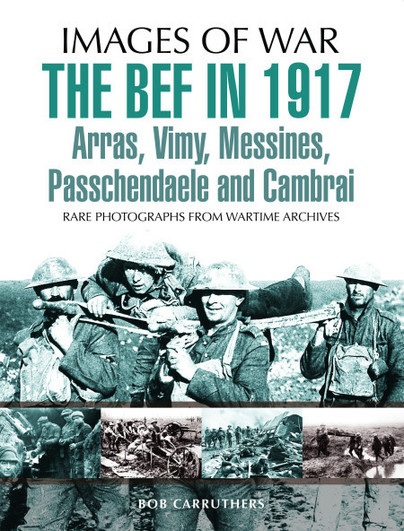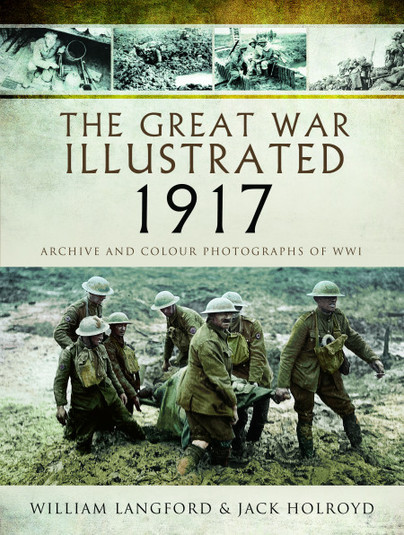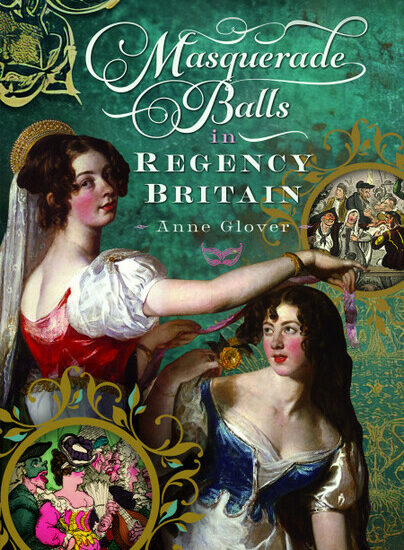Recommended Reading: 1917
1917 looks like it will become an award-winning blockbuster film, but how accurate is it?
Whilst the story behind the film is not strictly factual, it is based on a number of events that took place in 1917 which have been adapted into one script. Here we try to pick out those events and suggest further reading if you would like to delve deeper into the facts behind the fiction you see on-screen.
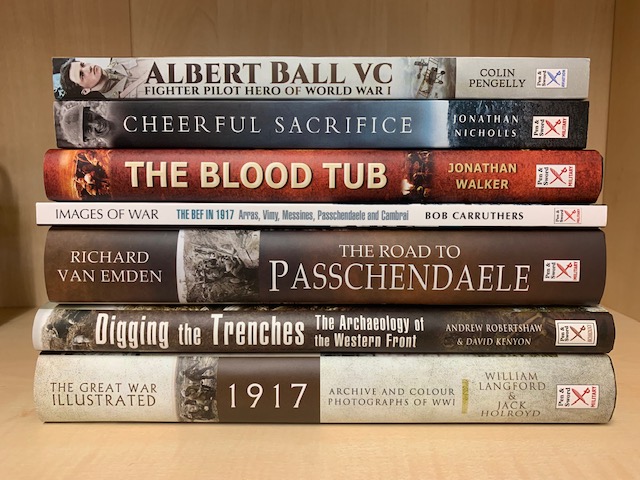
The film’s director, Sir Sam Mendes, came up with the idea for the film based on his grandfather’s experiences; Alfred Mendes served with the Rifle Brigade during the Great War. But the film is not based solely on his story – the script is based on many testimonies and experiences of veterans who fought in WW1. Many of the battle scenes shown in the film are linked to the conditions experienced during the Battle of Passchendaele, whilst the location and forces serving relate to the Battle of Arras and events linked to the German retreat to the Siegfriedstellung (the Hindenburg Line); all of which took place in 1917–probably the most turbulent year of the conflict.
Not only did Mendes draw on his grandfather’s experiences, but the team who put together the script were keen to draw on personal testimonies and photographs from WW1, some of which were collated by leading WW1 historian, Richard van Emden. Richard’s book, The Road to Passchendaele, focuses on this period of history and is told through the words and photographs of those who were there.
Historian Andrew Robertshaw was also involved in helping with the design and construction of the trench and dugout systems, based on his extensive archaeological research. Andrew’s book, Digging the Trenches, gives more details on trench architecture.
The key events the film refers to are the ‘retreat’ of the German forces behind the Hindenburg Line, which was a strategic withdrawal by the Germans to shorten their front line in the spring of 1917. More information on the Hindenburg Line can be found in Peter Oldham’s book, The Hindenburg Line.
Whilst many of the scenes relate to the Battle of Passchendaele, a battle which is expertly narrated in Andrew Rawson’s Passchendaele Campaign 1917, the actual location, Écoust-Saint-Mein as part of the earlier Battle of Arras, which is very close to the town of Bullecourt. There are a number of books which relate to the warfare fought in these areas, including The Arras Campaign by Andrew Rawson, Cheerful Sacrifice by Jonathan Nicholls and The Blood Tub by Jonathan Walker.
The film depicts a dogfight between two planes, leading to the German Albatros plane being shot down. Albert Ball, a Great War Fighter Ace, shot down an Albatros in 1917. To find out more about his story, read Albert Ball VC by Colin Pengelly.
Two photographic books on 1917 help to provide further background context and set the scene, illustrating the actual conditions that the soldiers fought in. These are the BEF in 1917, The Great War Illustrated 1917 and The Passchendaele Campaign 1917.
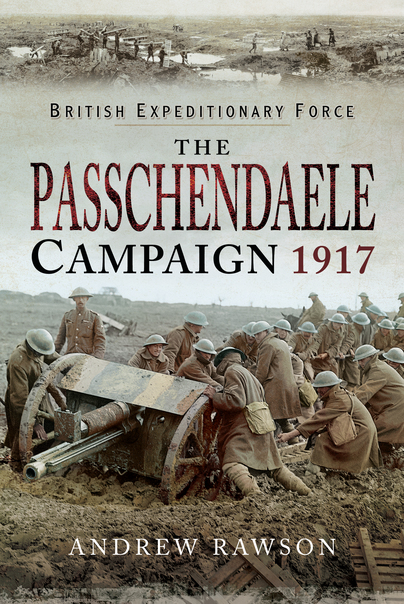
You can shop all Pen and Sword 1917 related titles here.
